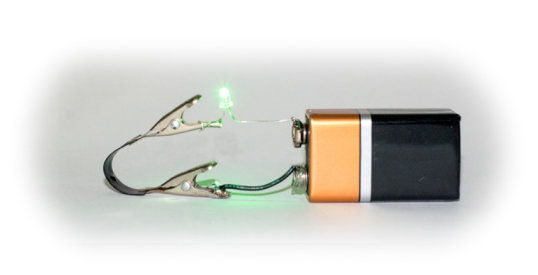Overview
My research focuses on three core areas:
- bio-interfacial engineering for neuroprosthetics;
- polymer based bioelectronics; and
- biomaterials for regenerative medicine.
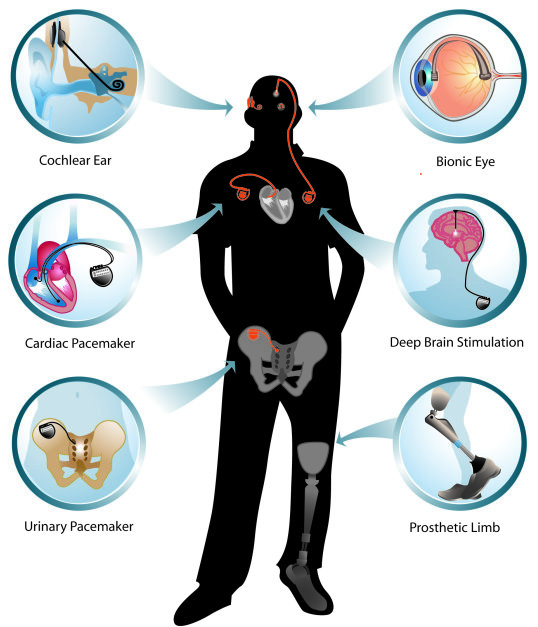
Current bioelectronic devices including the bionic eye, pacemakers, robotic limb prostheses and brain-machine interfaces have the ability to further improve the quality of life for millions of people globally. Key to making these devices effective over extended patient lifetimes and hence commercially viable is the development of advanced materials which improve device functionality. I believe the most important factor is the interface where synthetic device meets the biological environment. To this end, my research group aims to understand cell-material interactions and design appropriate material interfaces with bioactive components which will promote intimate integration between tissue and device. Specifically we do this through the design, modification, fabrication and characterisation of polymer based systems.
For more information, see the group website: https://greengroupresearch.org/
Tissue engineering bionic devices

A substantial portion of the group research has focused on improving conducting polymer coatings for implant applications through manipulation of their structure and chemistry. This project led to development of an integrated hybrid combining conducting polymers with non-conductive hydrogels with preserved electroactivity and improved mechanical properties. This research led to a patent on conductive hydrogels (CHs) (US Patent 9,299,476). The promising results in this area initiated a number of industry collaborations including Galvani Bioelectronics, Boston Scientific, the Bionics Institute (Aus) and Cochlear Ltd.
These CH materials have provided a platform technology for exploring new applications including:
- Living bioelectronics, and
- Metal-free polymer bioelectronics.
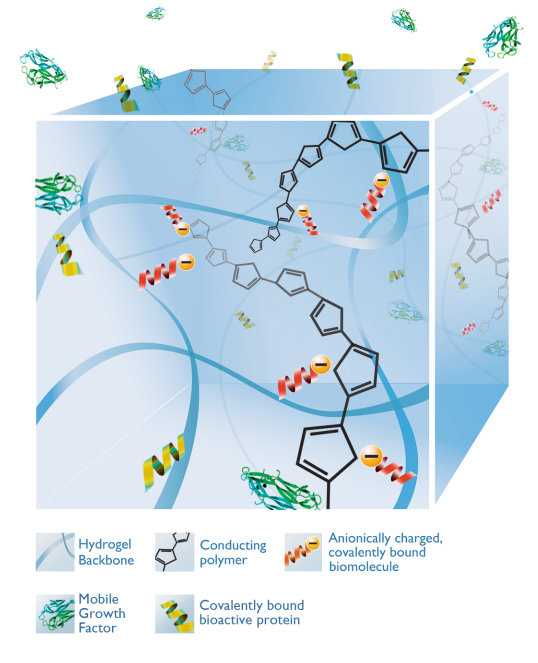
Clinically relevant device testing

Most of the literature related to electrode technologies uses saline to simulate body fluids during bench testing and then progresses to in vivo testing, where high variability in electrode performance cannot be adequately explained. This research challenges the accepted standard for device testing and advocates testing in biologically relevant solutions under implant-specific stimulation regimes. This research has resulted in on-going collaboration with Cochlear Ltd and researchers at the Bionics Institute, Melbourne. 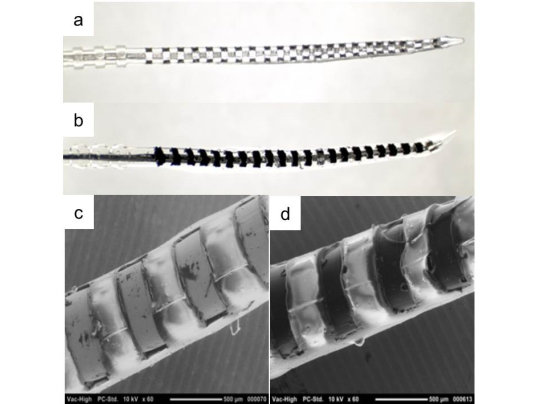
Predictive brain models

The main aim of this research is to develop a long-term primary neural culture which will enable researchers to analyse neural tissue integration with biomaterials in vitro, reducing in vivo study numbers. New approaches to combining stem and neuroprogenitor cells have been developed as models of brain tissues. Current directions focus on translation to 3D constructs for modelling implantations. Most notably, this project has facilitated development of a range of microscopy techniques using 2-photon intravital microscopy within 3D cell culture constructs. 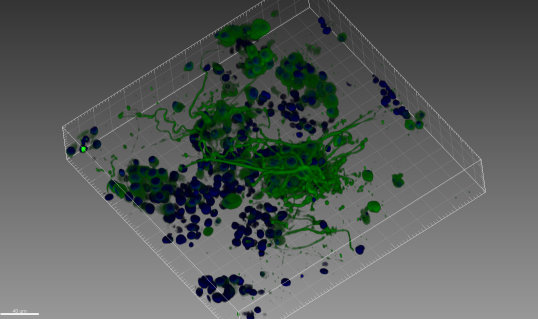
Living Bioelectronics

The living bioelectronics concept is based on developing synapsing electrodes with application to bionic devices, cell-laden cardiac patches and nerve guides. In this area CHs are produced with integrated degradable hydrogel components in which cells can be encapsulated to produce constructs which are both tissue engineered and electroactive. The synapsing electrode concept is a truly disruptive technology which aims to change the way in which tissue is activated with bionic devices. This project was recently funded through an ERC Consolidator Grant.
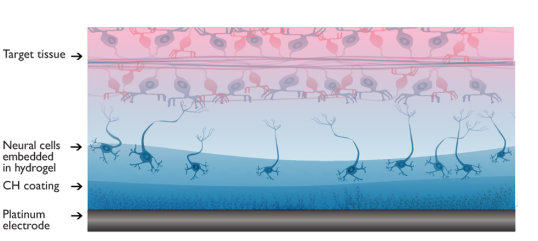
Metal-free and Injectable electronics

Free-standing organic bioelectronics research is aimed at producing electrode arrays that are fully polymeric with no metal components. This is intended to produce MRI compatible devices that are less susceptible to mechanical failure. The concept is based on seeding hydrogels with a dispersion of conductive polymer chains from which an integrated CH could be electrochemically grown.
This project was recently funded through an EPSRC Healthcare Technology Challenge Award (HTCA). It involves the design and fabrication of polymeric electrode arrays (without metal tracks) to enable fully flexible high-density implants. Collaboration with industry partners and alignment with MHRA processes is aimed at facilitating a commercial pathway through which these technologies can be brought to the clinic.
